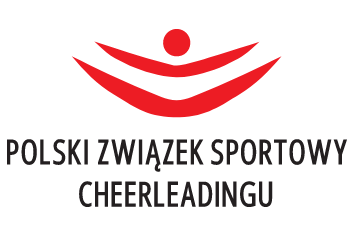Frozen shoulder is an inflammatory condition of the shoulder joint capsule that leads to its contraction and stiffness, resulting in significant limitation of range of motion.
The condition affects about 3% of the population, predominantly women between the ages of 40 and 70. The etiology is not known, but it is more common in patients with metabolic diseases such as diabetes, hormonal disorders such as thyroid dysfunction, or heart conditions.
There are two types of the disease: primary – idiopathic, and secondary – resulting from tendon damage/degeneration of the rotator cuff, chronic impingement syndrome, previous injury or surgery, or joint degeneration.
Symptoms of frozen shoulder
The course of the disease is characterized by three stages:
- The initial, painful phase of freezing and thawing. This phase lasts about 3-6 months and is characterized by severe pain with a gradual limitation of range of motion.
- The second phase is marked by significant restriction of mobility with a decrease in pain. It lasts from 3 to 10 months.
- The third phase involves gradual improvement in range of motion and can last up to 24 months.
The patient presents with continuous pain, which intensifies at night, often radiating along the arm, and limited range of motion.
Diagnosis
During the clinical examination, the doctor observes limited joint movement, most commonly in flexion and external rotation, increased muscle tension on the affected side, atrophy of the deltoid muscle, and a sensation of crepitation during movement. The diagnosis is made based on the clinical examination and patient history. X-ray imaging may be recommended to differentiate from degenerative joint disease. In cases where surgical treatment is considered, a magnetic resonance imaging (MRI) scan is recommended.
Treatment of frozen shoulder
The disease typically resolves spontaneously within about 12-24 months. Conservative treatment is the treatment of choice and involves rehabilitation with exercises within the range of pain tolerance. Pain relief and anti-inflammatory medications are also recommended. Periodic intra-articular injections of corticosteroids may be used. In cases where there is no improvement or the patient experiences unacceptable functional limitations, surgical treatment can be considered. This is a short arthroscopic procedure, lasting about 60 minutes, performed under general anesthesia with several small incisions. The surgery involves releasing the joint capsule, known as a capsulotomy, to increase range of motion. The key to achieving the desired effect is to start intensive rehabilitation immediately after surgery. There is a risk of disease recurrence.
In MIRAI, the shoulder area is handled by:
Bartosz Dominik – development of content for the website
Michał Drwięga
Welcome!







